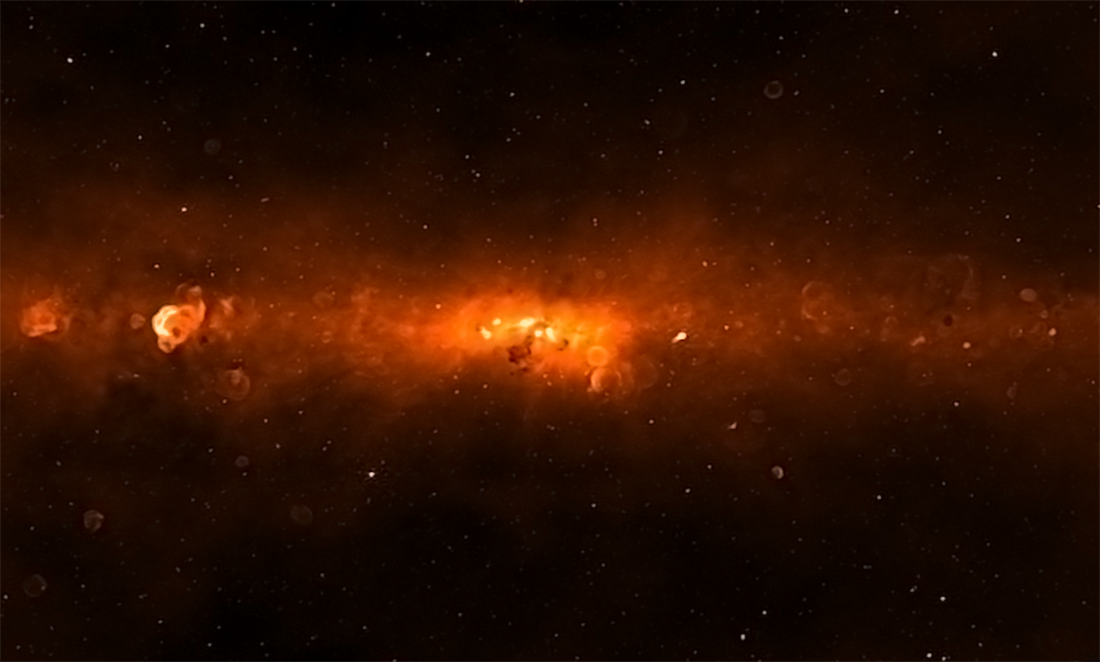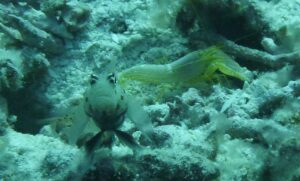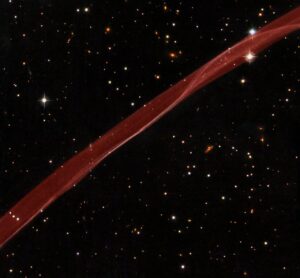The hunt for extraterrestrial life might not look like you would expect.
Rather than fully formed, many-limbed, slime-covered humanoid beings, scientists at the International Centre for Radio Astronomy Research (ICRAR) are detecting much tinier things.
They’re detecting molecules only a few atoms large that might be the precursors to life.
And they’re detecting them in stars 28,000 light years away.
It might sound like an impossible task. However, the extreme isolation of our West Aussie outback is allowing ICRAR scientists to get the job done, utilising incredible radio telescope technology.
RADIO STAR
The sheer lack of humanity in our outback means that there’s very little electromagnetic interference. The air-swamp of invisible signals from TVs, mobiles and radio towers doesn’t exist here.
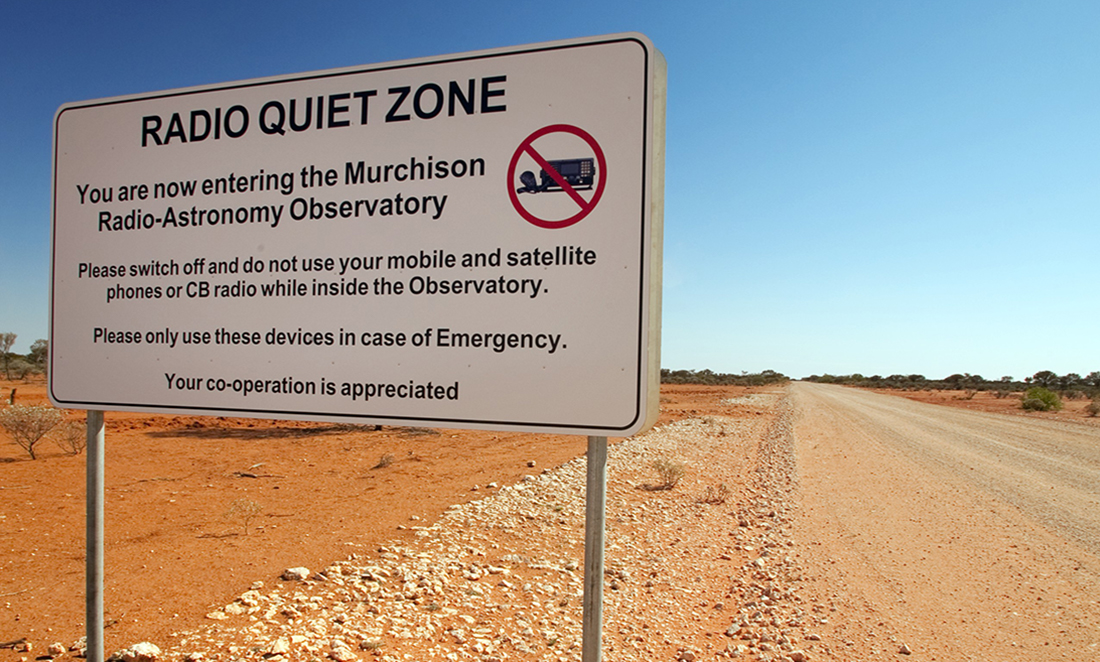
Which makes areas like the Shire of Murchison a perfect spot to set up 2048 antennas that detect low-frequency radiation from space.
Astrochemist Chenoa Tremblay utilised the Murchison Widefield Array to analyse molecules in stars, gas and dust 28,000 light years from Earth.
But what was she actually looking at?
SPACE PRINTS
Molecules are made of a few or more atoms. Each of these atoms contains electrons that can jump between high and low energy states.
As they do so, they absorb or emit energy. In space, this energy is a photon—a little parcel of light.
Each molecule is made of a specific number and variety of atoms, thus each molecule can absorb and spit out photons in different, recognisable patterns. Scientists call these molecular signatures or fingerprints.
One print in particular piqued Chenoa’s interest. It was a pattern of photons that suggested she had detected nitric oxide, a tiny molecule that has only ever been detected in a star one other time.
For such a small molecule, it has some big implications.
THE CURIOUS CASE OF COMPLEX MOLECULES
Life (as we know it) requires proteins, and proteins are made from amino acids.
And we know that complex amino acids exist in space. Many different types have been found in comets and meteors.
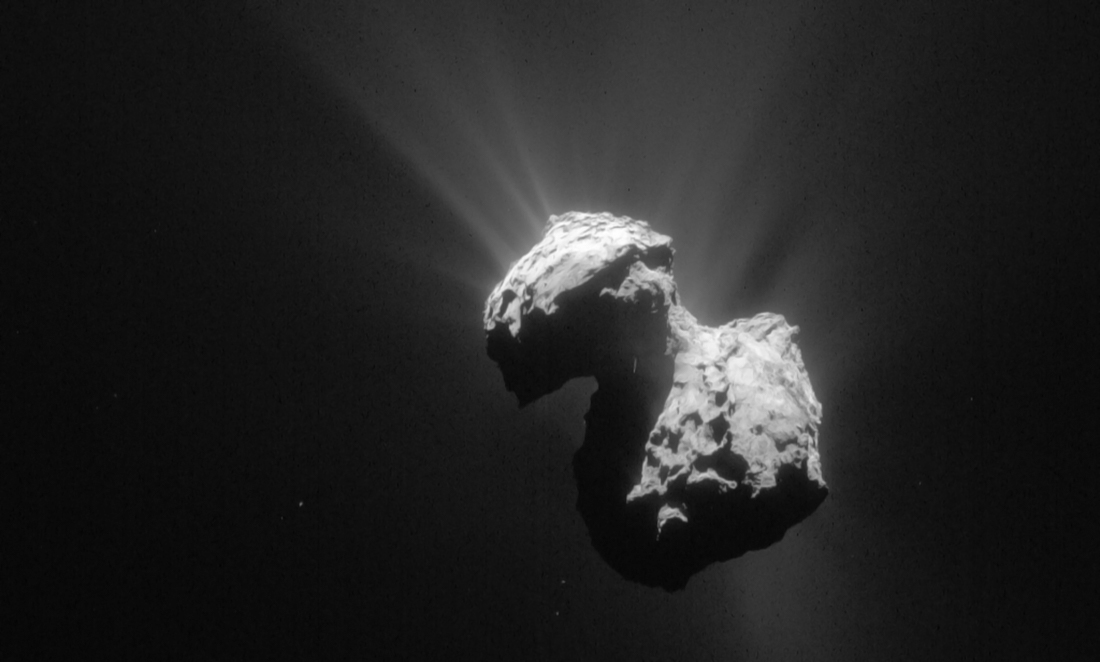
But amino acids have never been spotted in stars or galaxies.
So where are they? Where are they coming from? How are they forming?
Finding nitric oxide might give us a clue. We know that nitric oxide (NO) is made in the formation of amino acids.
If we can track down more NO, can we find these more complex molecules that are required for life?
That’s what astrochemists are asking. And hopefully, low-frequency telescopes can help illuminate an answer.
BLOW IT WIDE OPEN
Most regular telescopes look up to the sky, and they might see a single star. Or a few stars. And so scientists have to point the telescopes across multiples places.
But the Murchison Widefield Array (as the name suggests) can see a whole lot more of the sky at once.
Chenoa says, “If you think of looking up and seeing the size of a full Moon, my survey covers the area of 1600 Moons.”
In fact, Chenoa’s study was the widest field-of-view molecular survey of the Milky Way ever published.
Which means a whole lot more stars that we can go snooping on all at once.
STARS IN HER EYES
Chenoa’s study was really a trial run, an attempt to answer a lot of questions. How feasible are low-frequency telescopes? What new things can we learn from them? And how can we survey the skies better?
Her answers to these questions will help inform the final design of the Square Kilometre Array (SKA) low-frequency array. This massive project will place WA at the forefront of radio astronomy.
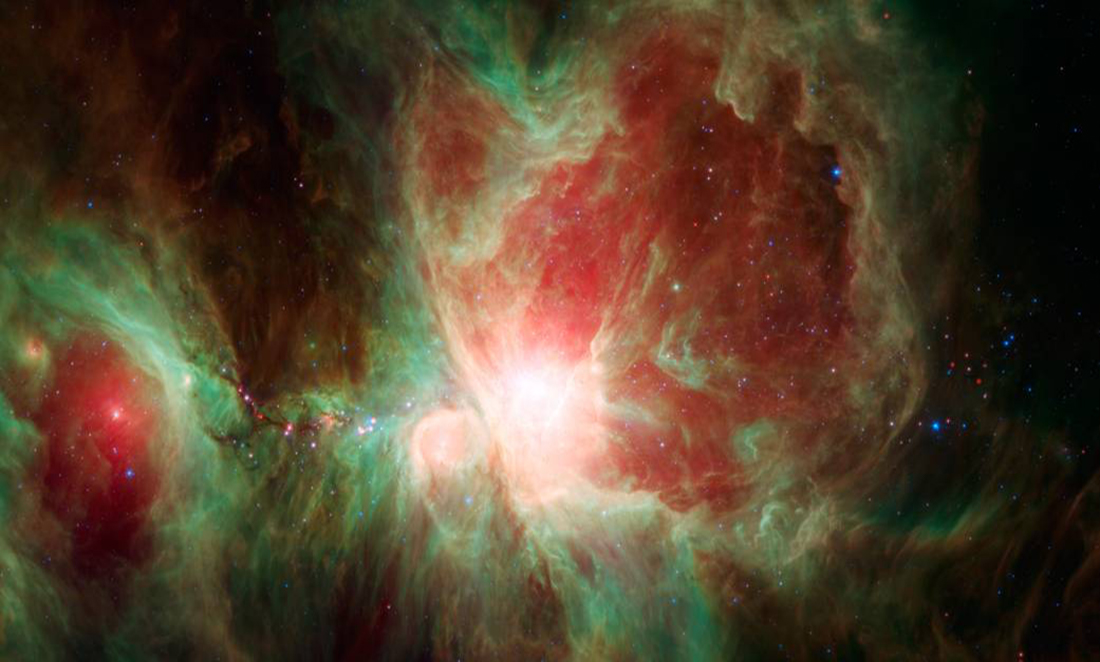
But there are some more tests to get through before that’s up and running.
For her next project, Chenoa is turning her gaze towards the Orion constellation, a familiar figure in our skies and a frequent subject of radio astronomy studies. Hopefully, this astronomical huntsman will help us chase down more molecules and some answers to our questions.


